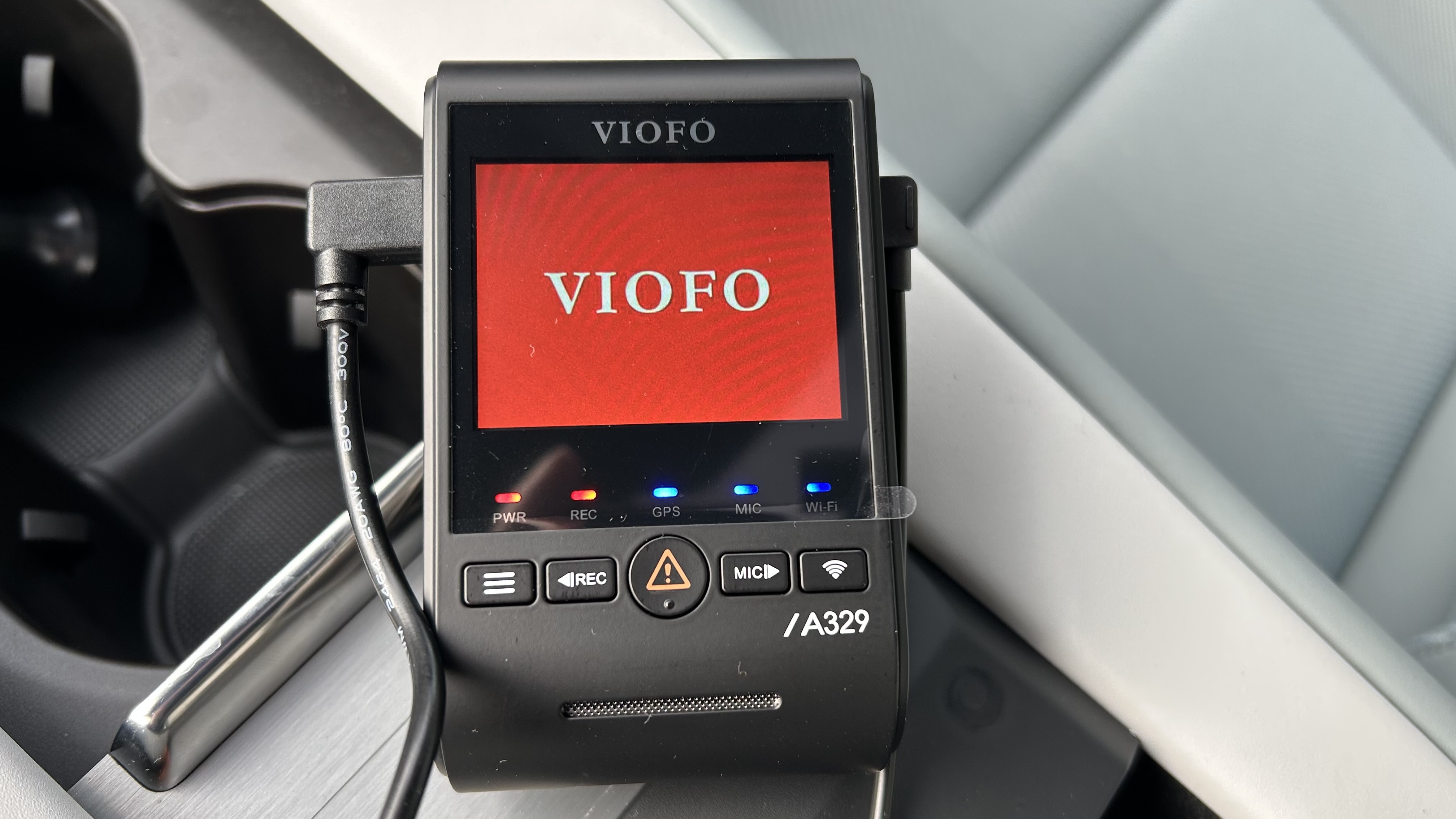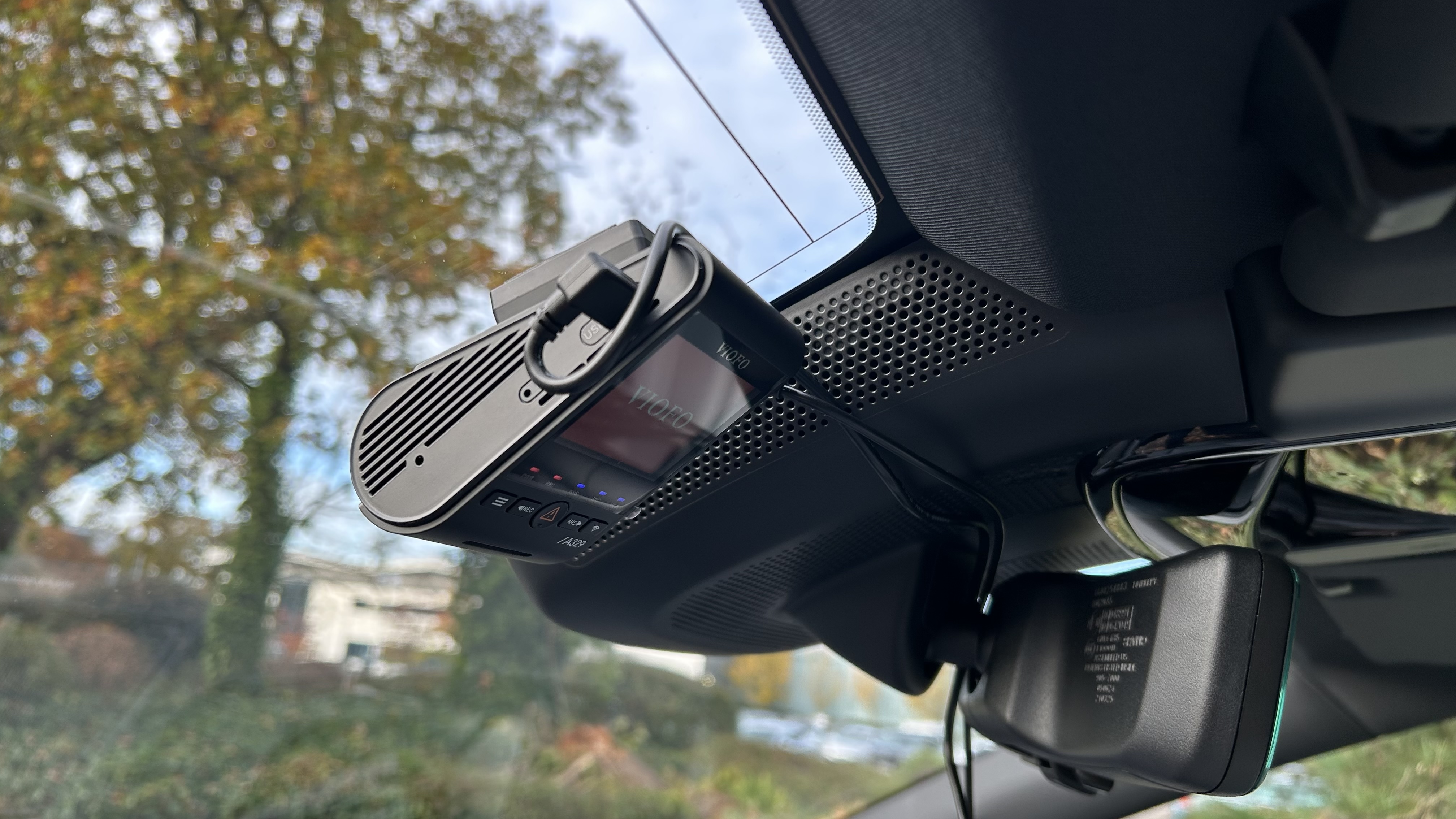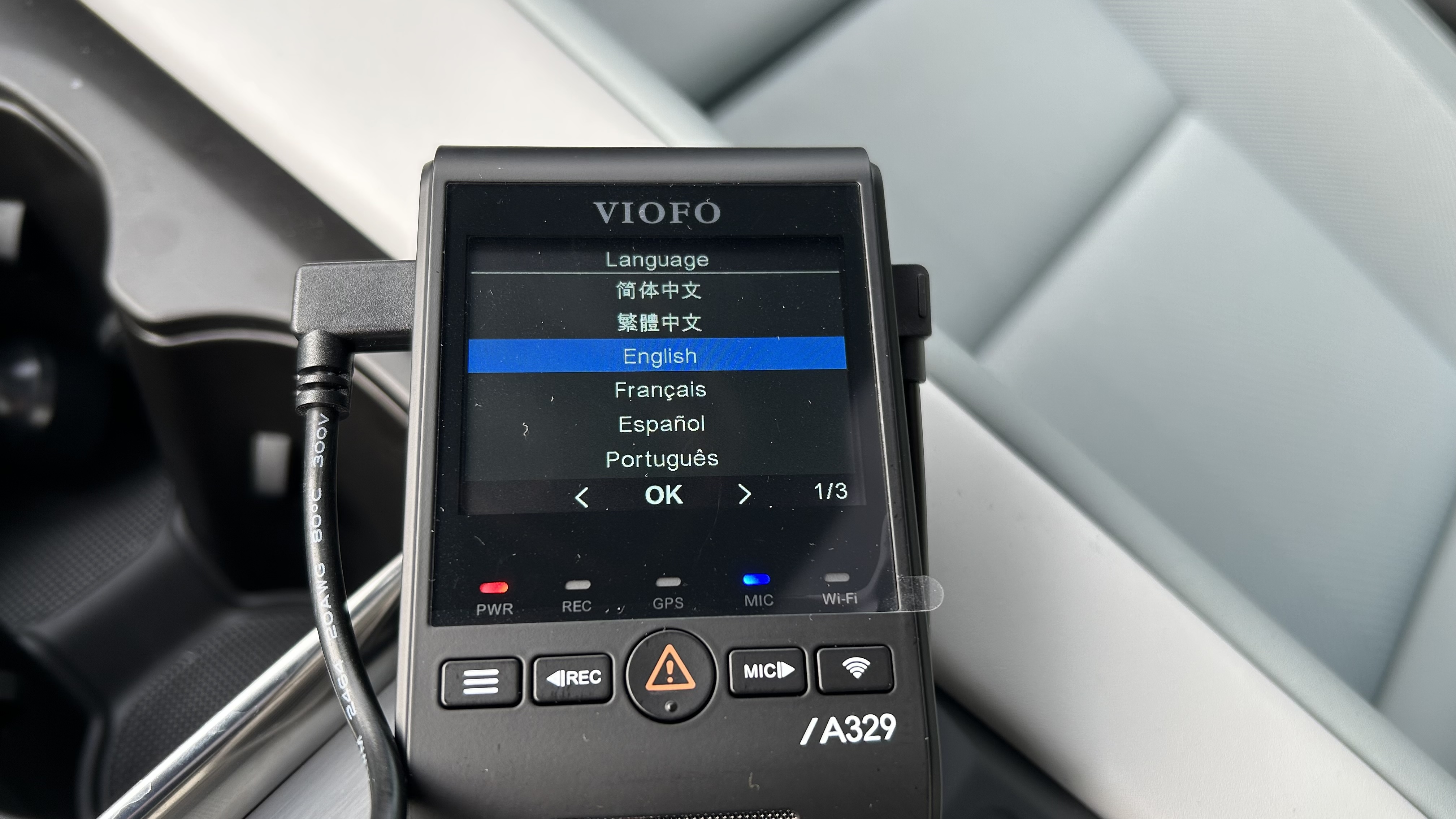I’ve reviewed over 15 dash cams this last year, and Viofo’s A329 is the best of the bunch

After working my way through all the best dash cam models released this year, I’d say there’s never been a better time to buy one. Prices are super competitive and, thanks to plenty of deals, are sinking even lower.
Meanwhile, specifications continue to head in an upward trajectory, which is one of the main reasons I’m siding with the fully-loaded Viofo A329 as my current pick of the dash cam bunch – check out my A329 review in which I give the premium model a five star rating.
Sure, this isn’t a bargain-basement dash cam and if I only needed something basic but functional I’d probably head in the direction of models like the Nextbase Piqo or the Garmin Dash Cam Mini 3.
However, following a road accident where my then dash cam captured the event, I’ve made a beeline for anything with a top-quality specification. Having the best video, plus audio, can be invaluable in case of an accident – I should know.

What was I after?
Following the incident with our car being written off, I wanted a dash cam that could do a little bit of everything. The Viofo A329 fits the bill on that front.
Not only was the A329 the first dash cam to deliver 4K video at 60fps, but the bundle I opted for comes with a rear-facing camera unit too.
A dual channel setup is ideal because my accident, which resulted in our car being totalled, was hit from behind. Luckily, the original front-facing camera captured the impact and showed how our car was pushed across two lanes of traffic during the impact.
Having a rear-facing camera was therefore one of the main considerations I had in mind, which means that there’s going to be video captured towards the back of the car in future.
A rear facing cam is also really useful for capturing what exactly people are up to prior to any incident, such as looking at their phone screen or simply not paying attention. Of course, there is more work involved with installing a two-camera dash cam setup, with more wiring to plumb in and hide behind trim panels. However, if you’re keen to be as covered as much as possible, a dual dash cam arrangement is absolutely the way to go.

Any other essential features?
Along with having the front and rear cameras, I was also after a model that packed in plenty of power and that would be able to cope with everything I threw at it. The Viofo A329 makes a lot of sense on this front too as it’s got a formidable specification.
Top of the pile in terms of potency is the way the 4K 60fps front cam and 2K rear cam pack Sony Starvis 2 image sensors (IMX678 1/1.8-inch 8-megapixel and IMX675 1/2.8-inch 5-megapixel respectively) armed with HDR recording, as used on many of the other great dash cams out there currently.
On top of that, this is a really great pick in terms of everyday usability with 2.4GHz and 5GHz Wi-Fi connectivity for fast and efficient transfer of files.
There’s voice control too, plus a host of notification options, all of which can be managed in the most part via the excellent Viofo app.
Another big bonus with this model, especially considering that 4K files can be bulky and soon fill up a standard-issue dash cam, is that there is SSD storage compatibility allowing files to be easily moved to a drive without fuss.

And not forgetting…
Another boon for me with the Viofo A329 is that the main unit features a neat and tidy design that, while chunky enough, isn’t too obtrusive once it has been fixed to the screen.
This model also packs in a rear screen, which is less essential these days because dash cam apps are usually so good. However, I still like the convenience of having a rear screen and this was also really useful for picking through the initial setup steps.
Viofo has done a nice job with the design of this model too, with the screen itself being crisp and clear while the function buttons underneath are simple and very practical. I like the emergency capture button in the middle too, which is handy if I just want to record something for posterity before I forget about it.
What’s more, all this works via a 12V connection, which is one of the main things I wanted above everything else. Granted, there’s quite a lot of wiring to sort out during the initial installation, but Viofo supplies all the tools, clips and fixatives to get the job done.

Was I temped by anything else?
Naturally, competition in the dash cam market is intense and I did have plenty of alternatives to consider when it came to beefier specifications. The Nextbase iQ, for example, is a cracking high-end dash cam, which comes with lots of smart features that make it one of the best I could buy. However, the downside for me, was that it needs to be plugged in via my car’s ODBII port, or hardwired, neither of which are top of my list of priorities right now.
I still like the flexibility and convenience of plug and play models, that can be powered via a 12V socket in the car. That’s why I also love the 70mai Dash Cam Omni, which not only shoots great quality video but can also rotate to record the interior of my car. It’s super handy for anyone who likes to capture themselves reviewing a car or, indeed, the dash cam itself.
70mai’s model is just a little bit niche, though. And that’s why I keep on coming back to the Viofo A329. It does everything I need plus a little bit more besides.


